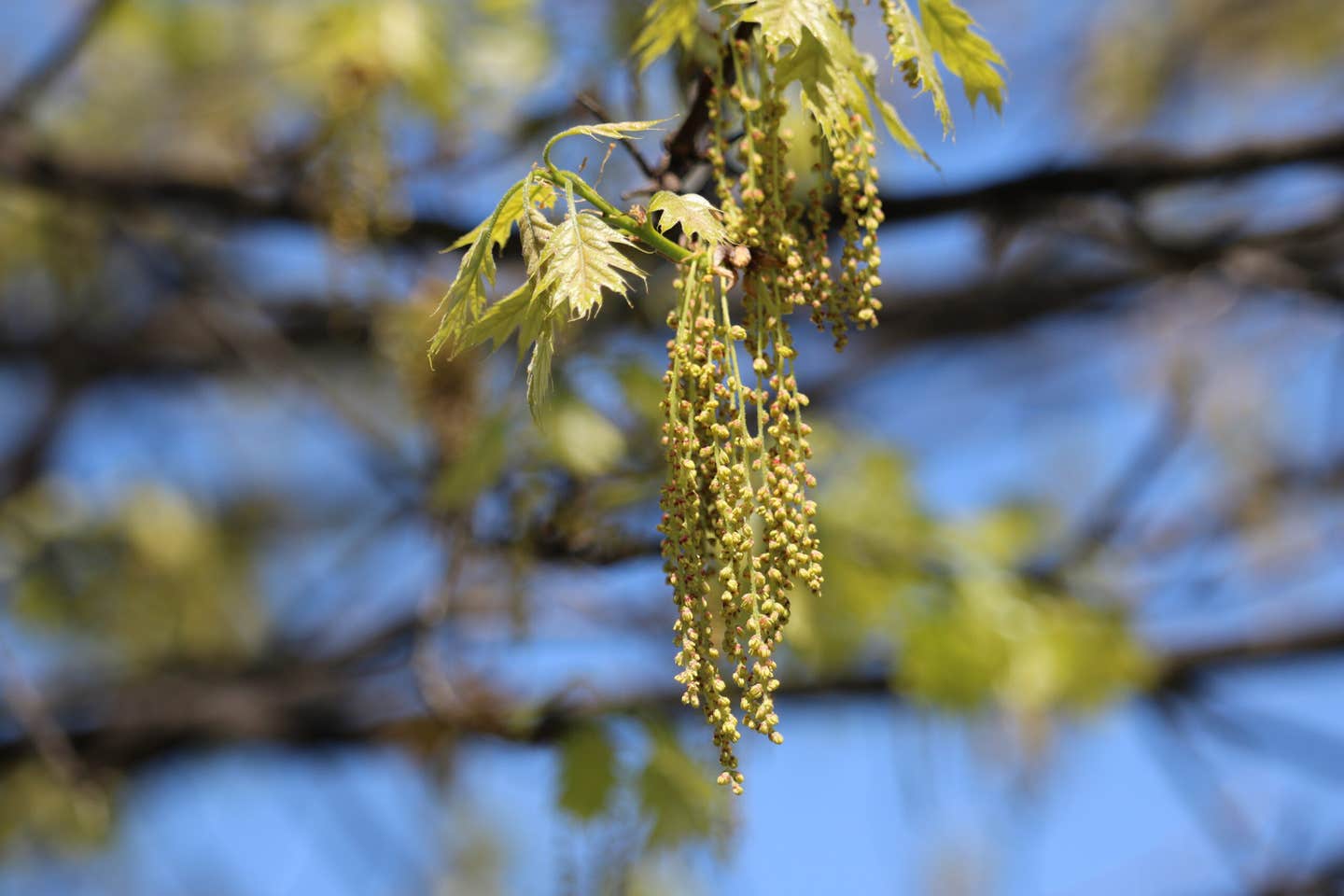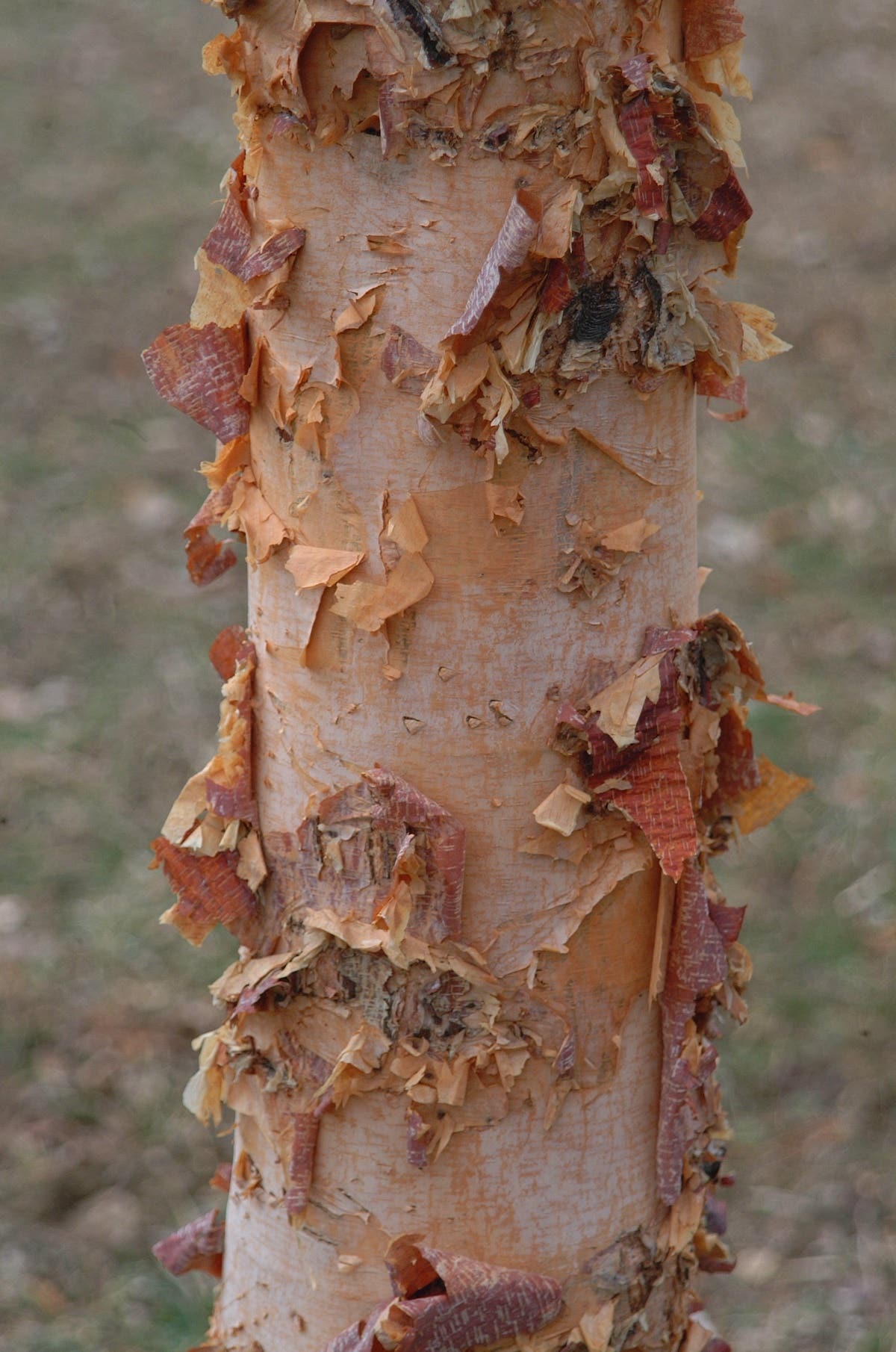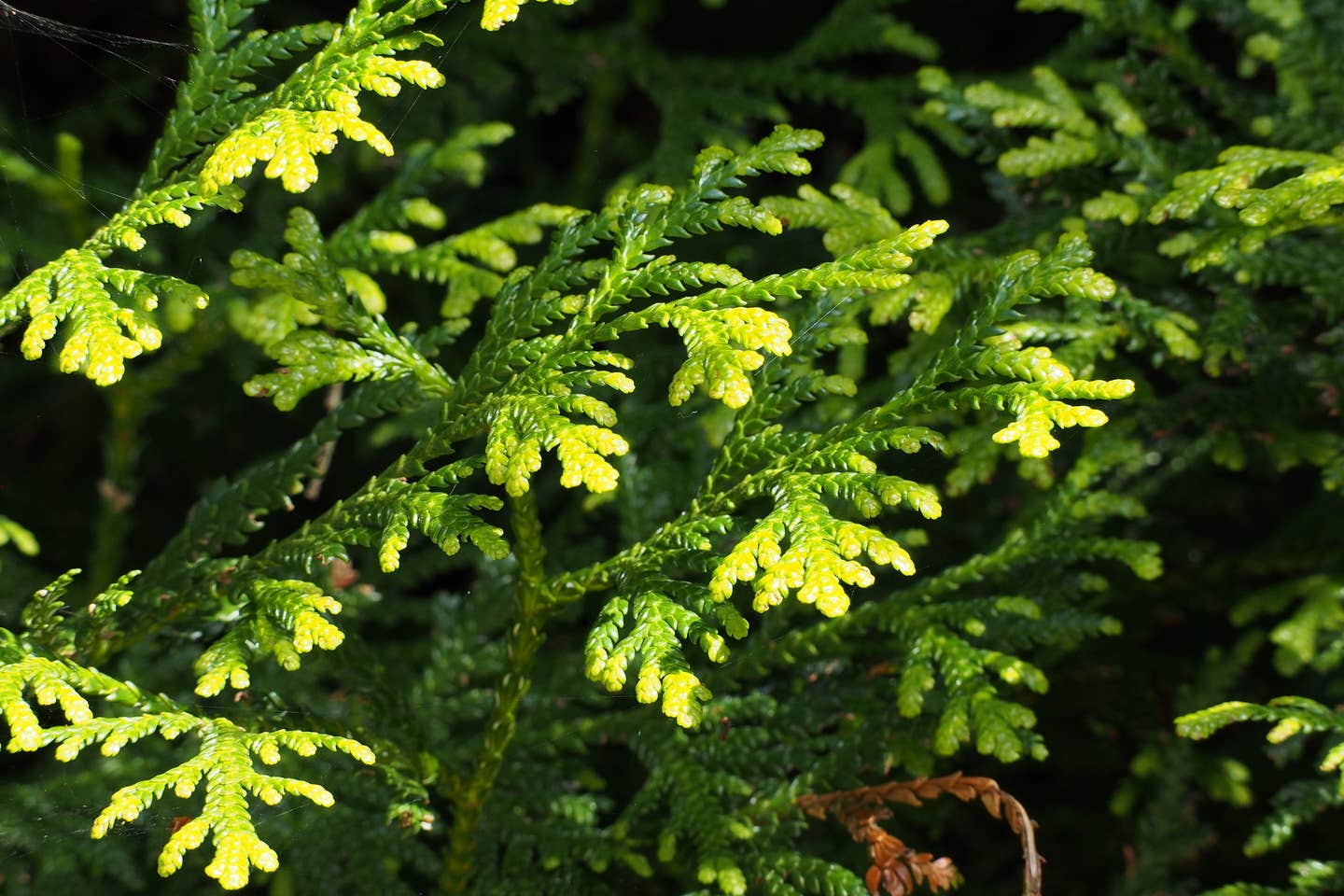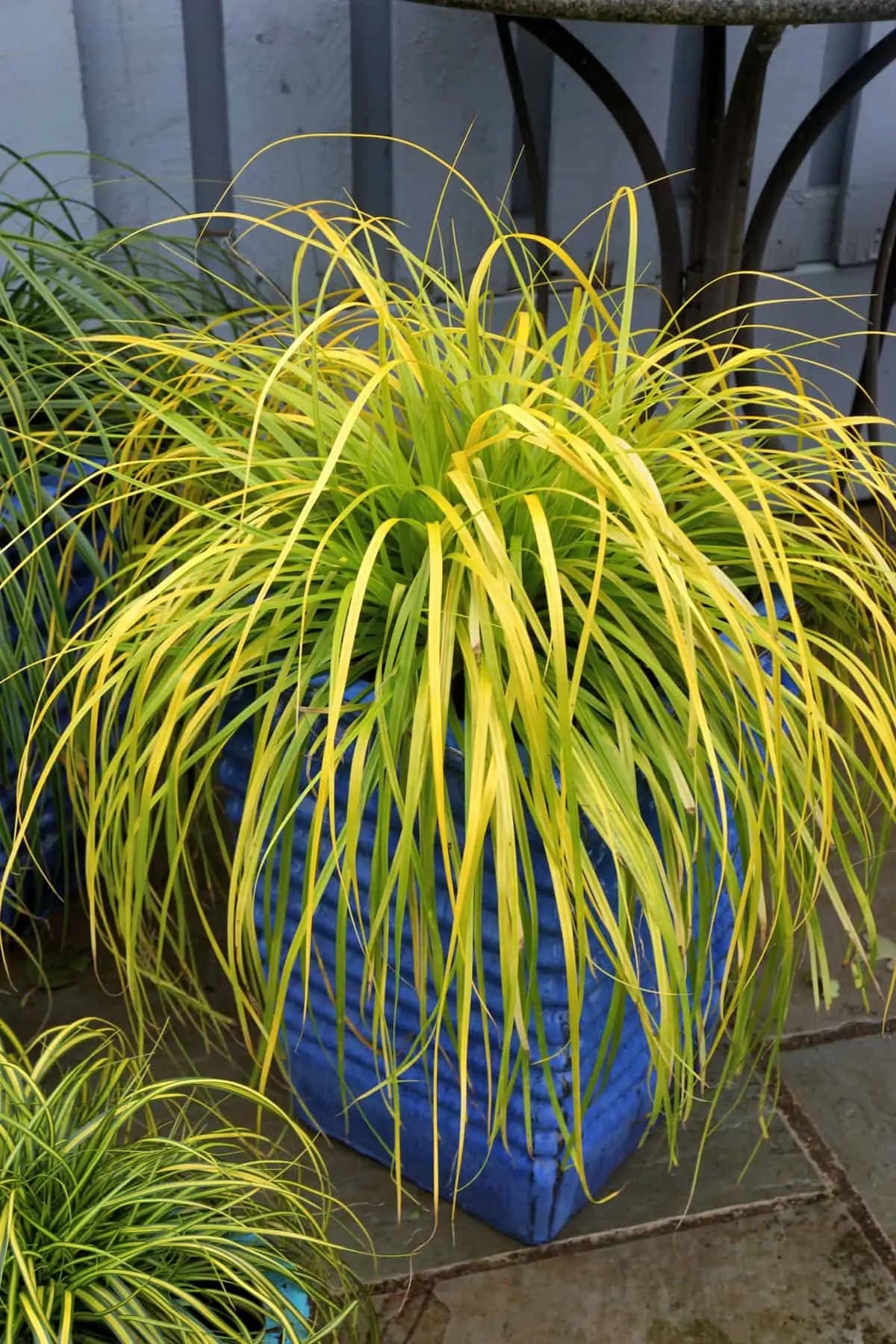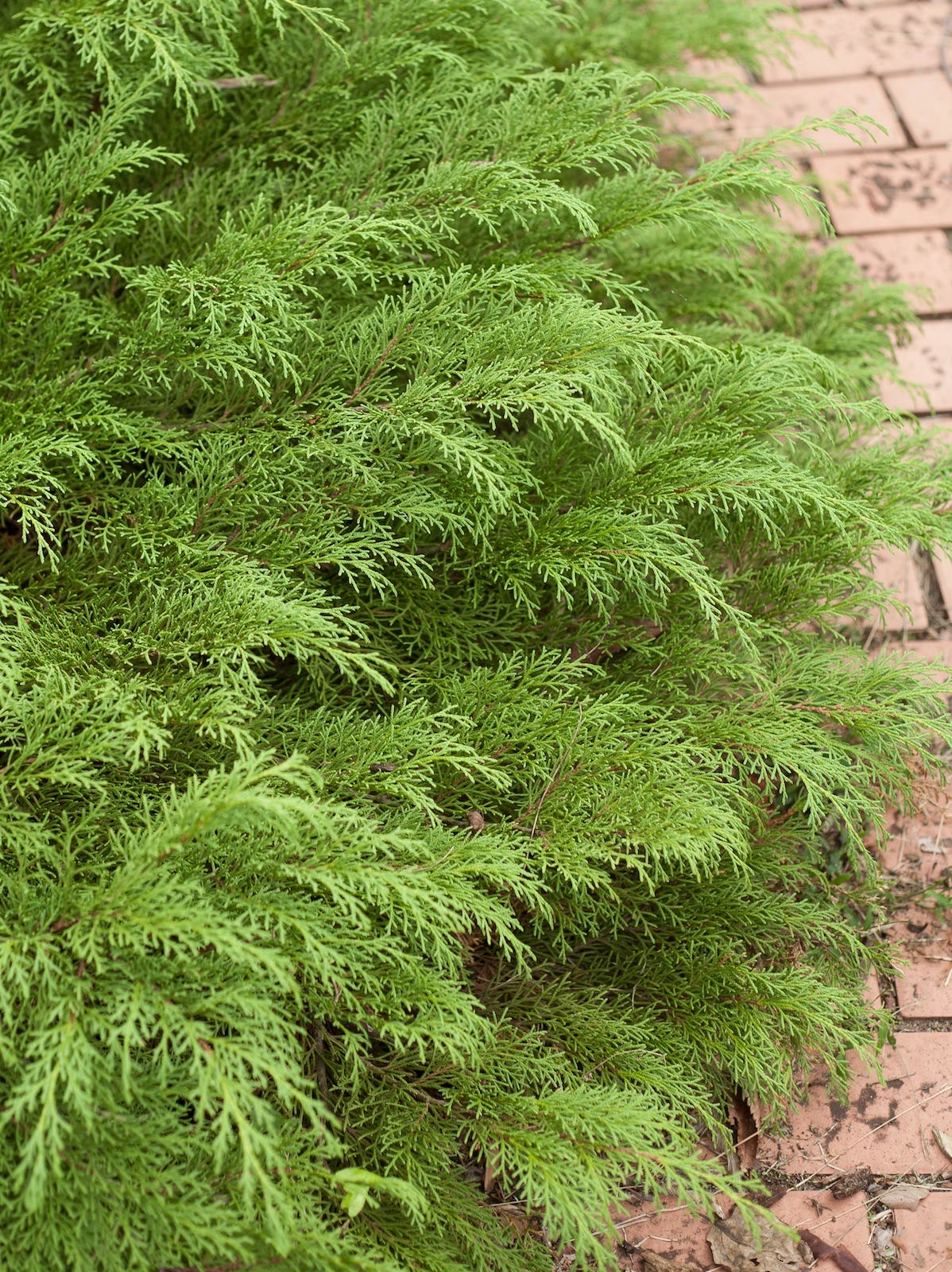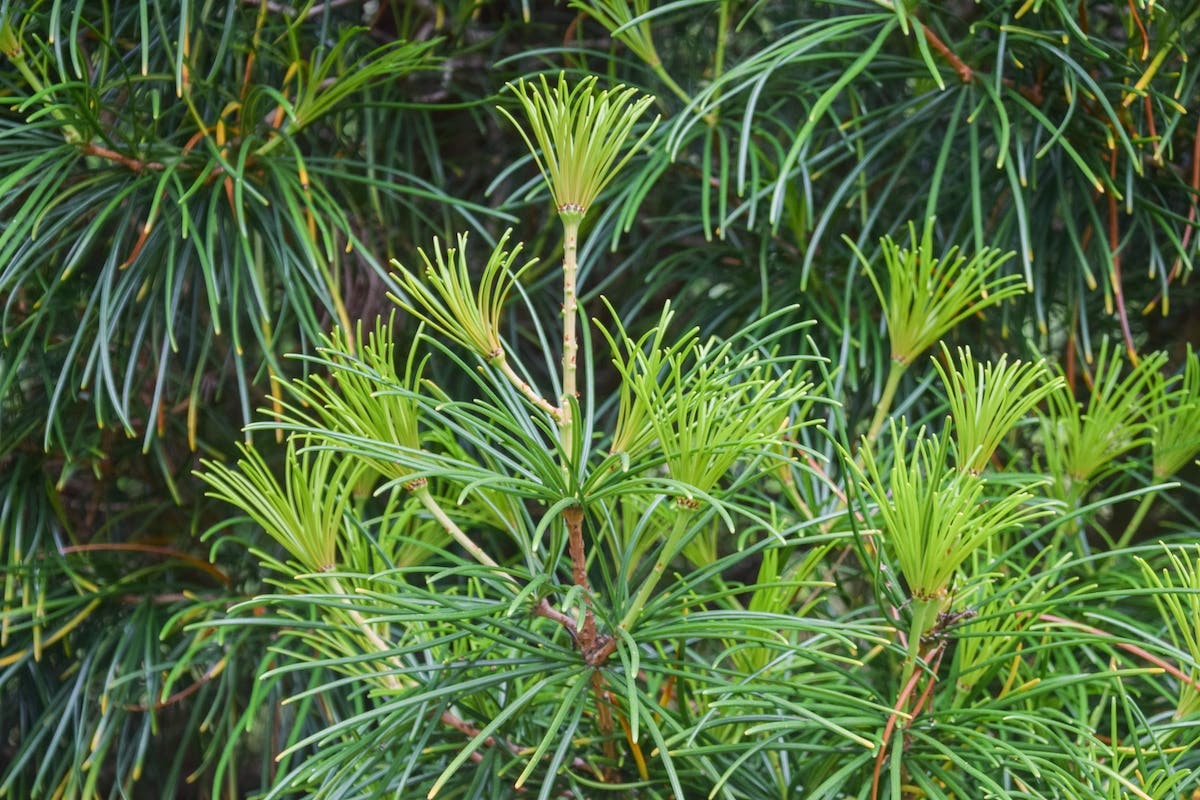Dawn Redwood: an Ancient Beauty for Ample Gardens
Quite worthy of the space it needs.
As an Amazon affiliate, we earn from qualifying purchases made through affiliate links.
Virtues: Dawn redwood is a beautiful tree, and fairly unique thanks to the fact that it's just one of a handful of deciduous conifer species. This eye-catching tree has soft, thin needles that turn deep orange to russet in the fall before shedding. Its symmetrical, upright stance and fluted trunk provide architectural beauty all year, while its exfoliating bark is another visual delight. Once thought to be extinct, dawn redwood traces its history through fossils more than 150 million years old. It needs a lot of space, but it makes a worthy addition to parks, roomy landscapes and larger gardens.
Common name: Dawn redwood
Botanical name: Metasequoia glyptostroboides
Exposure: Full sun to part shade
Foliage: The needles are long, narrow, flexible and soft to the touch. They emerge golden green in spring, shift to medium green for summer and turn dark orange to rusty red in the fall. This deciduous conifer loses its needles in winter. There is a cultivar named 'Gold Rush' with yellow needles through summer.
Habit: The quick-growing dawn redwood forms a cone shape around a strongly upright single trunk. The tree is quite symmetrical thanks to evenly spaced, horizontal branching. It is capable of growing over 200 feet tall, but typically remains 75 to 100 feet tall in a garden or landscape setting, with a width of 15 to 25 feet. The trunk develops deep fluting that extends up from the base with age.
Origin: China. Fossils date to the Mesozoic Era
How to grow it: Plant dawn redwood in full sun to part shade and soil with adequate drainage, although it can take periods of flooding. It prefers acidic soils and will suffer in highly alkaline conditions. This tree needs regular moisture, so water it in dry spells. Give it a spot with ample room and be prepared for quick growth. The cultivar 'Gold Rush' mentioned above grows more slowly than the species. Dawn redwood continues growing into fall, so siting it in a warmer microclimate where frost arrives later will protect the late new growth. USDA Zones 5–10.
Recommended reading:
Find more gorgeous conifers for gardens of all sizes and styles, plus the best methods of caring for them, in Adrian Bloom's Gardening With Conifers.
Learn how to make the most of conifers in the context of the garden with the advice offered by Richard Bitner in Designing With Conifers.
Find uncommon plant recommendations, as well as inspiration and advice on how to creatively combine them, in The Art of Gardening by R. William Thomas and the gardeners of Chanticleer, which is itself home to several dawn redwoods among many other compelling plants large and small.
Image credits:
Garden tree by Christian Pirkl - Own work, CC BY-SA 4.0
Bark by Warburg - Own work, CC BY-SA 3.0
Roadside column by böhringer friedrich - Own work, CC BY-SA 2.5


